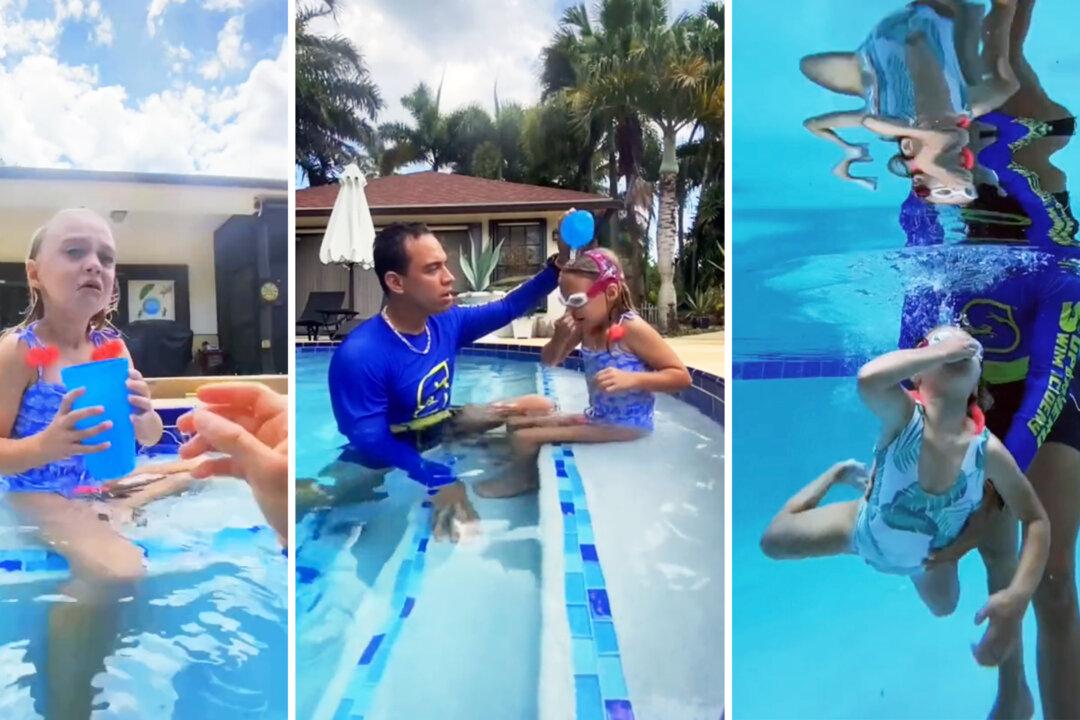A South Florida swim coach is using his expertise to help keep kids safe. By working with children as young as 3 months of age, he is showing even the most fearful kids, and their parents, that they have what it takes to be a swimmer.
Putting his two passions together, teaching kids and swimming, Jacob Siegel, 27, co-founded Superhero Swim Academy in 2018 to teach water safety skills in a fun, dynamic way, as drowning is the leading cause of injury-related death among children aged 1 to 4 years in Florida, and the drowning death rate among kids of the same age is the highest in the country.





